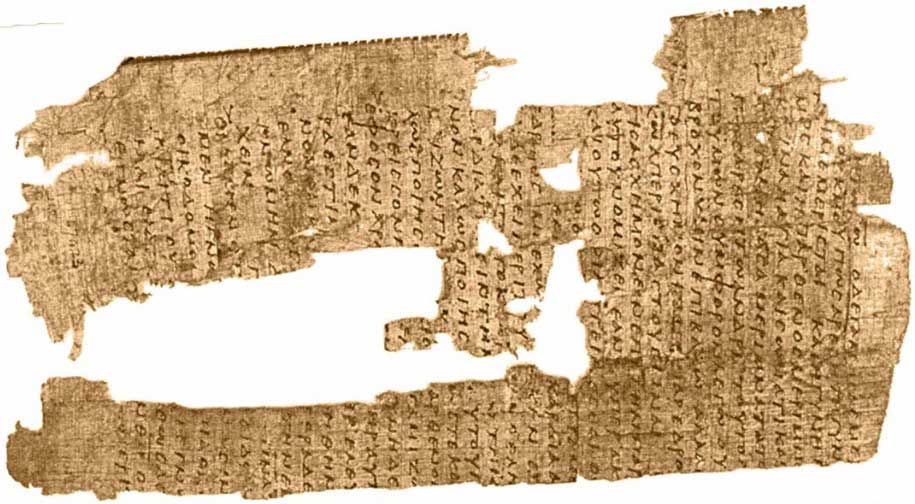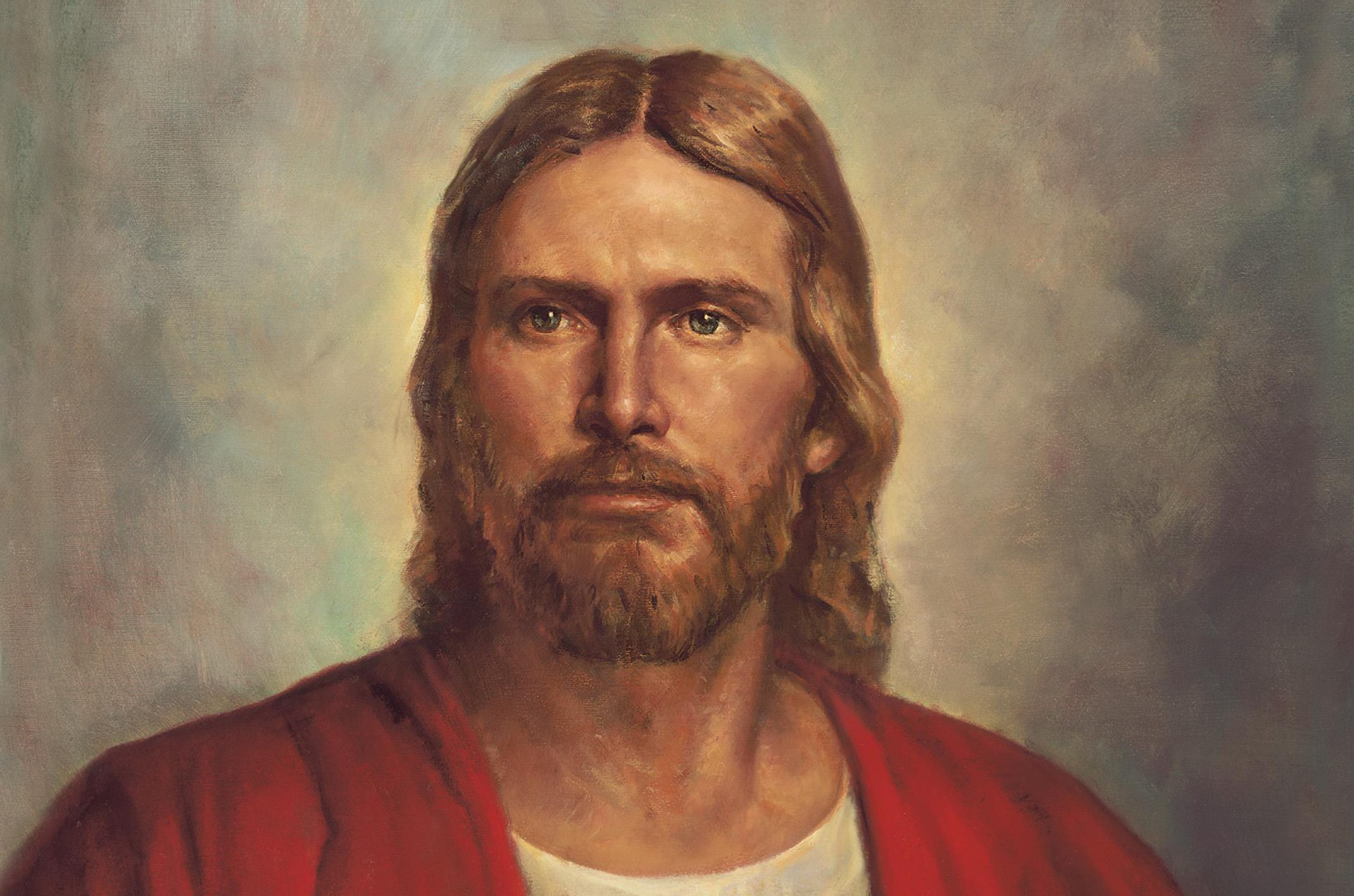I wonder if Silas/Silvanus could be Paul's nickname for his own alter ego, the "Saul" of his prior persecuting life, his shadow side, his human side, his "sinful" side, prior to perhaps taking a "new name" of Paul after his conversion experience.
Category: Jesus
Is God a Male Human, or Two Males, or maybe Three? Do I hear Four? Or is it More?
Thinking of God as a male human(s) out in the universe somewhere seems to be a primitive, magical, supernatural, and archaic conception of the Divine, literalizing the pronouns of "He" and "Him," and in the Christian tradition of "Father" and "Son." I've written about this specifically at least once before, but it's worth discussing more.
1 Corinthians 15 BHT, Paul’s Earliest Witness of the Resurrection into Christ Consciousness, the “Gospel”
An addition to the BHT, containing the earliest account of the post-resurrection appearances of Christ in the New Testament, where Paul describes his witness of the resurrection and what it means to be resurrected into Christ consciousness. This seems to be an excellent summary of the Christian Gospel, or "good news," but it is something which I think we've generally misunderstood in Christianity for centuries. I feel that this is one of the most important translations of the BHT that I have been given the Grace to work out yet—yet not I. I was in tears by the end.
Is God or Christ a Male?
It is true that traditionally God and Christ have been predominantly associated with the male gender and masculine principle (a "He"), at least in the West. What we need to decide today is if that traditional interpretation, these symbols of the Divine, are still valid, and accurate, and if they point to truth in the present, or if we need a better interpretation of these symbols as a society, a culture, in our interspirituality, in the world today.
Paul and the Early Jewish Christians’ Mystical Resurrection “in” Christ
I've been reading about the post-resurrection appearances of Christ, and the description of the earliest written records and development of the early Christian resurrection narrative is quite intriguing. It seems to show that there was a significant change of the meaning of resurrection beginning in the very first few decades of Christianity, between the time of Paul and when the gospels were written.
Reconstructing Joseph Smith’s “First Vision”
Mormonism traces back its history in modern times to its founding prophet, Joseph Smith Jr., and his "First Vision." Joseph was a young farmer boy who lived in western New York, born in the early nineteenth century. This was the time of what's known as the Second Great Awakening, and where Joseph lived is known as the "burned-over district." It was a time of much Protestant religious excitement, revivals, reforms, and the formation of new religious movements and denominations (which eventually included Mormonism). A Restoration Movement grew in popularity in the area, which involved ideas of "restoring" a pure, primitive, uncorrupted, and original form of Christian faith.
Reconstructing Mormonism’s “Holy Ghost”
The "Holy Ghost" is perhaps one of the most mysterious figures in Mormon theology (and perhaps more generally in Christianity). Many Mormons likely know this being of the Godhead as a "personage of spirit," which "has not a body of flesh and bones," "were it not so, the Holy Ghost could not dwell within us" (D&C 130:22). This already begins to sound quite supernatural, a ghostly person that may come and dwell within me? How are we to make sense of this?
Reconstructing Mormonism’s and Christianity’s Jesus/Christ
Jesus is, of course, the center of Christianity, including Mormonism. In Mormonism, he is prominently identified in the name of the largest denomination of which I was a member, The Church of Jesus Christ of Latter-day Saints. Everything revolves around Jesus.
Notes on Christian Mysticism from a Seminar with Bernard McGinn
This weekend I had the fortunate opportunity to go to Fairfax, Virginia, to attend a seminar hosted by the Shalem Institute, an organization that fosters contemplative living and leadership. Their invited guest to present for their annual Gerald May Seminar was Bernard McGinn, who is Professor Emeritus of Historical Theology and of the History of Christianity in the Divinity School at the University of Chicago. McGinn is an American Roman Catholic Theologian and is considered one of the world's foremost expert scholars on the history of Christian mysticism. He has written seven volumes outlining the history of Christian mysticism, and may write two more, bringing the history up to the present time. This series is known as The Presence of God.
What does it mean to be “a god”?
There are stories, legends, mythologies, folklore, traditions, histories, scriptures, and texts from all around the world which tell us of humans who have reached the stature of the gods. They have, in essence, become "a god." Some recognizable examples are people such as Jesus, Siddhartha Gautama (Buddha), and Muhammad. The process that these went through has been called theosis, deification, divinization, realization, awakening, and enlightenment. What does it mean to become or be "a god"?









